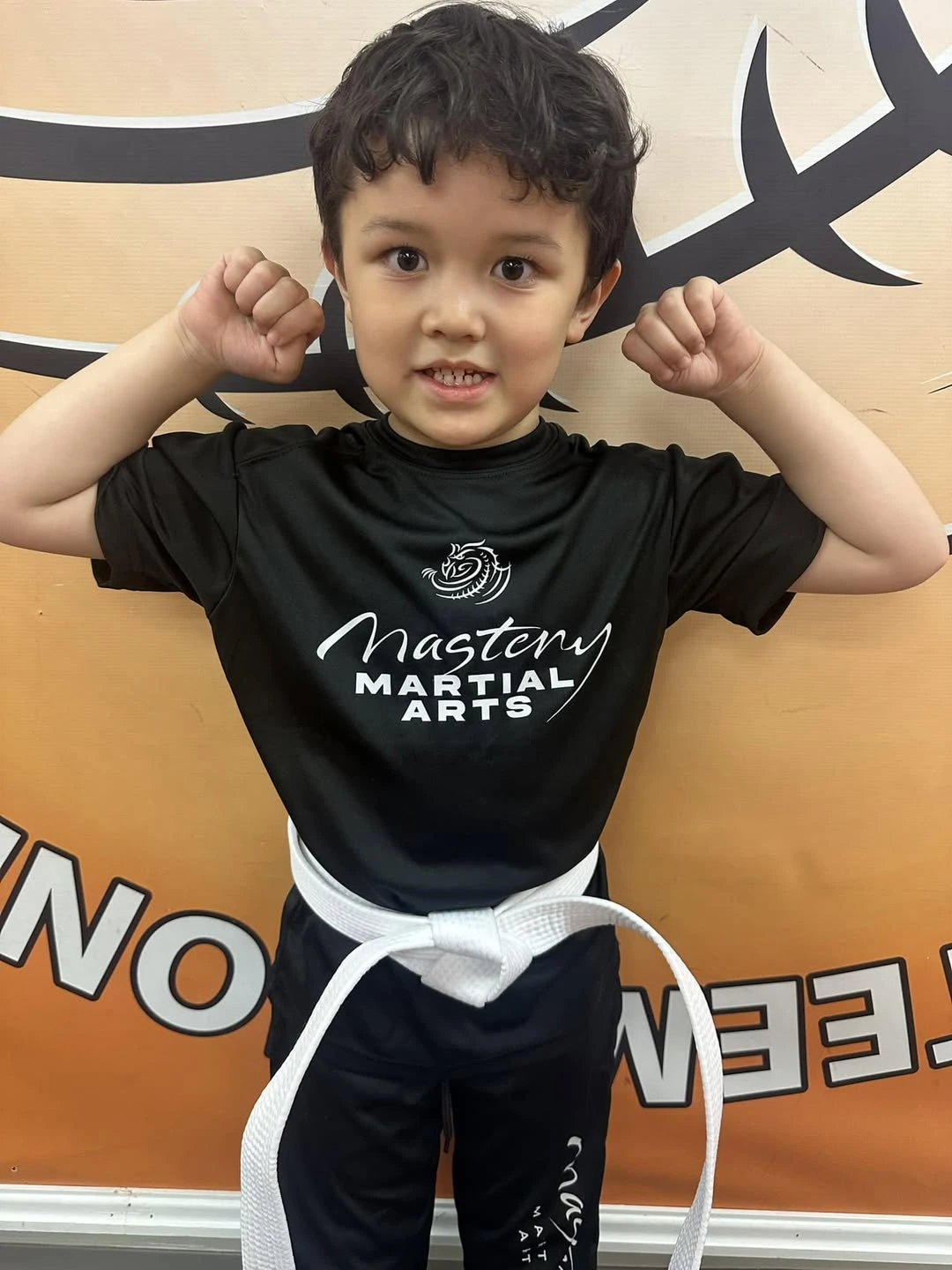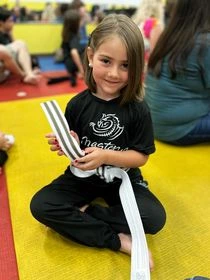Understand Common Risks
You want your child to feel confident and safe when exploring martial arts. Child-friendly martial arts risk management begins with understanding the most common injuries. Over 6 million children in the United States participate in martial arts, according to recent data, and while these programs can boost fitness and discipline, they also involve potential hazards. Cuts, bruises, sprains, strains, and even concussions can occur, particularly if kids are practicing high-impact moves without proper technique or gear.
A major concern is head injuries, particularly in striking-based martial arts that focus on kicks and punches. The American Academy of Pediatrics strongly opposes boxing for children, because it rewards direct blows to the head. Training in safer arts or, at minimum, using certified instructors and proper gear, helps reduce the chance of head-related injuries. Good news, though—when you know the risks and work with skilled instructors, many problems are preventable.
Prevent Injuries With Good Practices
Proper technique, fitting safety gear, and consistent supervision are powerful ways to prevent injuries. Protective gear such as headgear, mouthguards, shin guards, and hand wraps can make a big difference, especially during sparring. Instructors who emphasize safe punching and kicking form also help children avoid sprains, strains, and fractures caused by accidental overextension.
Remind your child to warm up before class and do light stretches (especially for their legs and arms). Adequate sleep, hydration, and balanced nutrition further support safe training. Listen to aches and pains. If something feels off, let the instructor know, so they can adjust the routine. Consistent awareness prevents small tweaks from becoming bigger injuries.
Choose a Certified, Child-Friendly School
Finding a school that understands how to adapt martial arts for children’s developmental needs is one of the best forms of risk management. Qualified schools, like Mastery Martial Arts in Troy, ensure that instructors are certified to work with younger students. They arrange classes by age group, guiding children through each move with care, and keeping a respectful, focused atmosphere.
In fact, Mastery Martial Arts in Troy is considered one of the safest schools in Michigan thanks to its age-specific programs, personalized attention, and strong safety policies. Instructors there receive ongoing training on everything from recognizing signs of bullying to refining the latest protective techniques. This level of expertise fosters confidence in both you and your child.
Support a Safe Training Environment
A well-maintained, clean environment is vital for reducing accidents. Ensure the floor mats are in good condition and that any equipment, like kicking pads or dummies, is replaced regularly. If you see worn-out gear, mention it politely. You also want an environment where children communicate openly about injuries or confusion. When youngsters know that it is okay to speak up, they gain the confidence to let an instructor know if something feels risky or unclear.
As your child progresses, you might choose to explore additional safety steps. For detailed guidance on building safe habits at each stage, you can consult our child-friendly martial arts safety tips. You will find more insights on protective gear, structured class routines, and ways to encourage healthy competition without risking avoidable harm.
Recap and Next Steps
- Recognize common injuries like sprains, fractures, and concussions.
- Prevent harm with proper gear, warm-ups, and smart supervision.
- Select a school that specializes in child-friendly programs with certified instructors.
- Maintain a clean, well-monitored environment, and encourage open communication.
These steps create a practical, balanced approach to child-friendly martial arts risk management. By preparing your young martial artist with solid gear, a safety-first mindset, and qualified instructors, you will help them train confidently while staying protected. Encourage your child to speak up about any concerns, and know that these small actions can lead to a big payoff in skill, discipline, and self-assurance.



